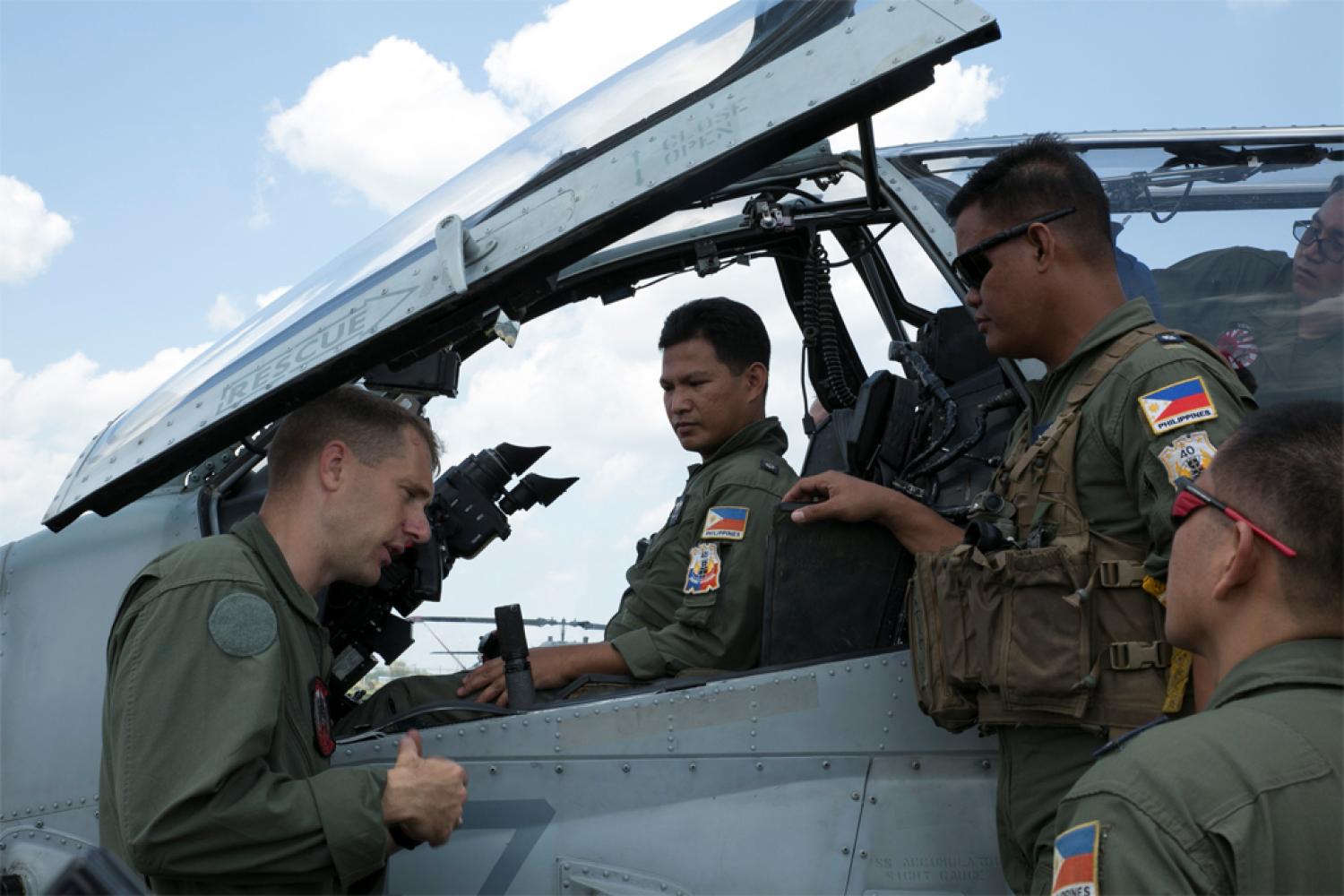A special Interpreter series ahead of the 2024 ASEAN-Australia Special Summit in Melbourne, 4-6 March. Read more articles in this thread.
The US remains the partner of choice for Southeast Asia when it comes to staging joint military exercises. The next two spots are filled by India and China, respectively.
Data from 2021 to 2023 compiled by Lowy Institute reveals that the US participated in around 33% of the 525 recorded joint military exercises undertaken by Southeast Asian states, either at bilateral or multilateral level. If we include Australia and Japan, Washington and its allies have participated in more than 60% of exercises involving Southeast Asian states.
While the US still dwarfs China, the situation is inconsistent across the region. Further analysis reveals a divide between mainland and maritime Southeast Asia. For mainland states (Cambodia, Laos, Myanmar, and Vietnam), China is a more significant military exercise partner. The exception is Thailand, probably because Bangkok has been a US treaty ally since 1952 and a major non-NATO ally since 2003.
Maritime Southeast Asian states (Brunei, Indonesia, Malaysia, Philippines, Singapore, and Timor-Leste) have more joint exercises with the US. Brunei, Malaysia, and the Philippines all have maritime disputes with China regarding overlapping territorial claims in the South China Sea. While Indonesia is not a party to these disputes, it has overlapping claims with China around the Natuna Sea. Singapore has had closer defence relations with the US since the end of the Cold War.
While the numbers underscore Washington’s prominence as a security partner for Southeast Asia, a qualitative analysis examining the nature of these exercises reveals why Southeast Asian states generally place a greater premium on joint exercises with the US and its allies than with China. To comprehend this phenomenon, we need to understand why states participate in joint military exercises.
One reason is to enhance interoperability against a common security concern, primarily if the participating countries are tied by a security treaty that obliges them to assist one another in a military conflict. The US-Philippines Balikatan series of exercises is one example, with Manila and Washington bound by a Mutual Defence Treaty requiring both states to support each other if another party attacks them.
At the other end of the spectrum, joint military exercises can also be used to build trust between states, especially if they are rivals. The Aman Youyi exercises between China and ASEAN members is an example. China is locked in a maritime dispute with Brunei, Malaysia, the Philippines and Vietnam in the South China Sea. Military exercises between China and ASEAN members aim mainly to facilitate interactions between their military personnel.
These exercises, especially the maritime ones, are generally unsophisticated. Interoperability is not the main objective. Several Southeast Asian naval officials explained that exercises with China are held due to political pressures from Beijing. As a result, they involve mainly simple activities such as passing and signalling. One official expressed the view that some activities were so basic they could be conducted with non-military vessels. Another added that Chinese naval personnel were secretive during exercises with Southeast Asian states and “fearful of sharing their capabilities”. Instead of developing trust, joint exercises with China could seed further distrust between Southeast Asian states and Beijing.
On the other hand, Southeast Asian states generally value exercises with the US and its allies, Australia and Japan, because they enhance military capabilities through the transfer of skills, tactics and operational concepts. The exercises tend to be more advanced, involving joint planning and operations. An Indonesian naval officer explained that exercises with the US Navy improve their interoperability. For the Malaysians, exercises held under the Five Power Defence Arrangements involving Australia, Britain, and New Zealand enabled them to learn how to operate in real crisis scenarios.
Washington and its allies in the Indo-Pacific should continue to engage Southeast Asia through joint exercises, which are highly valued by Southeast Asian states. For many, such exercises demonstrate Western interest in Southeast Asia’s stability. They also provide meaningful contributions to Southeast Asian defence capabilities, therefore acting as a deterrent to potentially hostile external powers.

